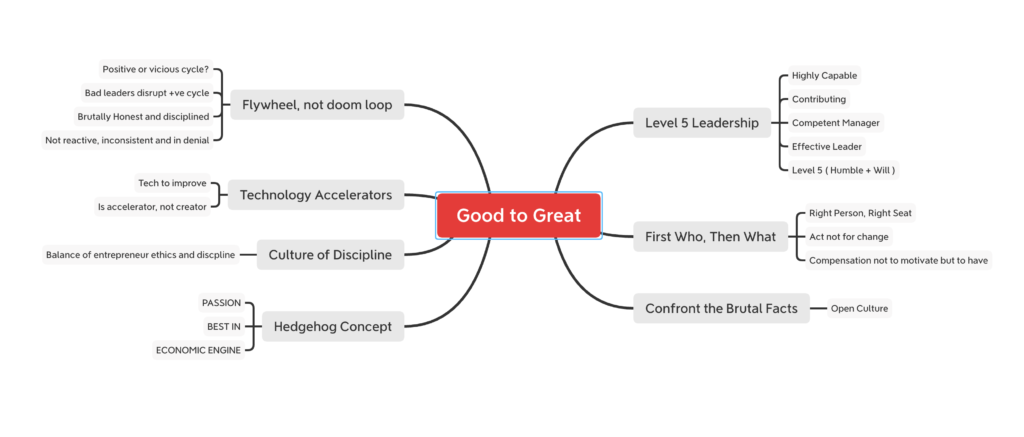Let’s take an example where our agent has to answer my question “How to hire a CTO?”
Below are the steps that you should code in the agent to achieve the desired results:
Step 1: Generate Step-by-Step Approach on How to Answer the Question “How to Hire a CTO?”
- Understand Your Company’s Needs
- Create a Detailed Job Description
- Identify Must-Have Skills and Experience
- Leverage Your Network
- Assess Technical Expertise
- Evaluate Leadership and Vision
- Check Cultural Fit
- Conduct Thorough Reference Checks
- Offer Competitive Compensation
- Start with a Trial or Project
Step 2: Add Personalized Traits/Experiences to Each Step
- I’ve scaled tech companies before, so I understand aligning technical leadership with business goals.
- As a builder-first founder, I value clear, actionable roles that drive innovation and adaptability.
- Resilience and navigating high-pressure environments are qualities I look for, drawing from my own experience scaling ventures.
- My network through YCombinator, Paytm, and industry connections is a powerful resource for finding top talent.
- With expertise in Pub/Sub and scalable tech, I’m skilled at evaluating deep technical knowledge.
- I prioritize leaders who inspire teams and align tech goals with business objectives, reflecting my own leadership journey.
- Fostering collaborative, mission-driven teams has been core to my success—cultural alignment is crucial.
- Having hired senior leaders, I’m adept at digging deep in reference checks to understand a candidate’s real impact.
- I’m familiar with structuring competitive equity packages that motivate and incentivize long-term commitment.
- My iterative, project-based approach allows for a practical assessment of fit and execution-style before full-time commitment.
Step 3: Generate All Refined Steps
- Understand Your Needs: Define technical bottlenecks and align CTO responsibilities with company milestones, focusing on candidates who have scaled businesses.
- Create a Detailed Job Description: Highlight the importance of innovation and adaptability, reflecting a hands-on, builder-first culture.
- Identify Must-Have Skills and Experience: Prioritize resilience and technical depth in building scalable solutions, crucial for thriving under pressure.
- Leverage Your Network: Utilize connections from YCombinator, Paytm, and the industry to find proven talent.
- Assess Technical Expertise: Use real-world challenges relevant to your tech landscape to evaluate deep technical knowledge.
- Evaluate Leadership and Vision: Look for leaders who inspire teams and align technical decisions with business goals, reflecting mission-driven values.
- Check Cultural Fit: Ensure alignment with company mission and team dynamics, emphasizing collaboration and shared passion.
- Conduct Thorough Reference Checks: Dive into specifics about leadership, adaptability, and impact during reference checks.
- Offer Competitive Compensation: Tailor a package that balances financial security with long-term incentives like equity.
- Start with a Trial or Project: Propose a short-term project to evaluate problem-solving, team alignment, and real-world execution.
Step 4: Generate the Response Using Refined Steps
How to Hire a CTO: My Approach
Hiring a CTO is a pivotal decision that can shape the trajectory of your company’s growth. Start by clearly understanding your technical bottlenecks and aligning the role with your business milestones—look for candidates who’ve successfully scaled businesses before. Craft a job description that highlights innovation and adaptability, reflecting the builder-first, hands-on culture that’s driven my own success.
It’s critical to identify must-have skills—resilience and expertise in building scalable systems are non-negotiable. Leverage your network; my connections through YCombinator, Paytm, and the tech industry have been invaluable for sourcing top talent. When it comes to assessing technical expertise, I favor real-world challenges that mirror your company’s technical landscape.
Evaluating leadership is equally important—seek out those who inspire teams and align technical goals with business objectives, resonating with mission-driven values. Cultural fit is a must; ensure candidates share the company’s vision and foster collaboration. Conduct thorough reference checks to get a true sense of their impact, digging into specifics around leadership and adaptability.
Finally, offer a competitive compensation package with a strong equity component, motivating long-term commitment. Consider starting with a trial project—this allows you to assess their problem-solving skills, team alignment, and real-world execution before making a full-time commitment.
By following these steps, you’ll not only find a technically skilled CTO but also someone who aligns with your vision and strengthens your company culture—setting you up for sustainable growth and innovation.

